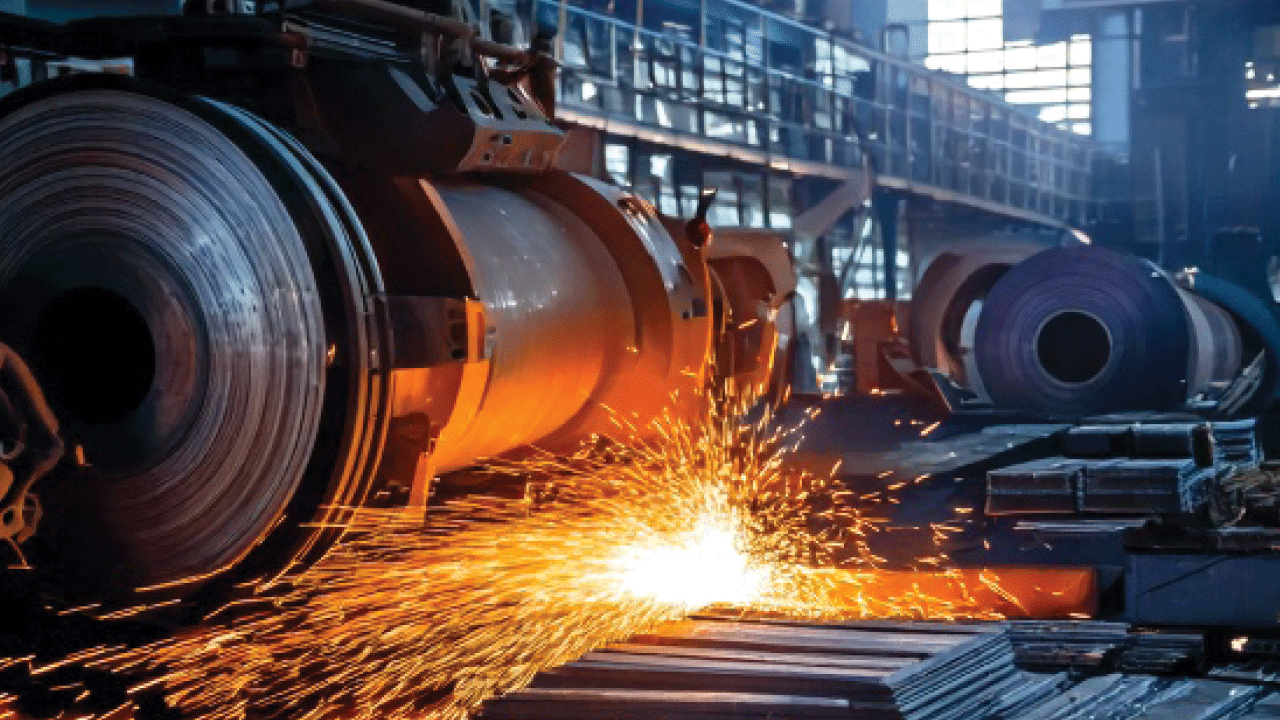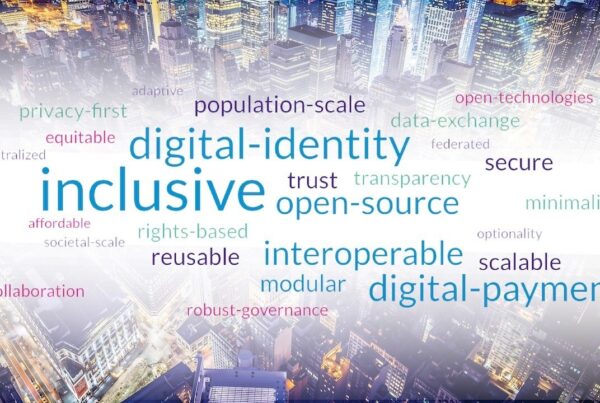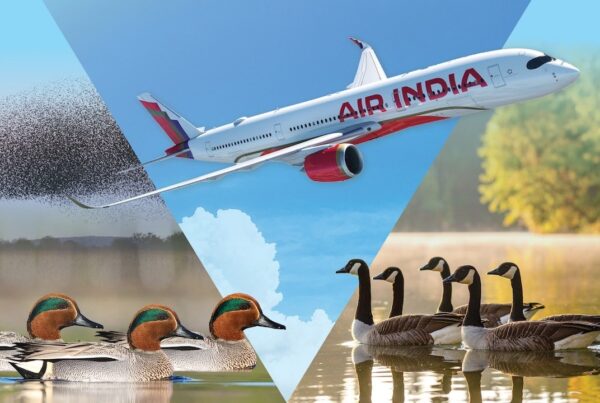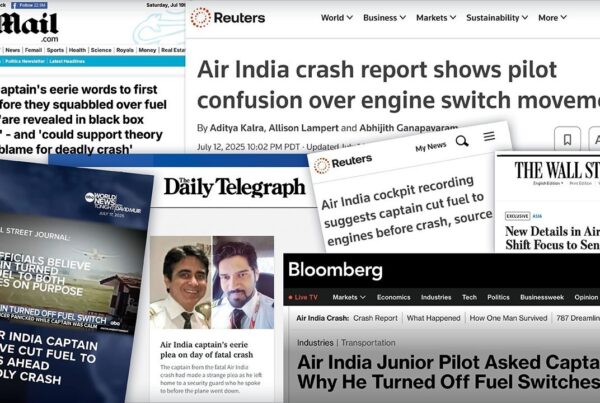
I grew up in Bokaro when it was a part of Bihar. My father was an engineer at the steel plant, which was being built with Soviet assistance. Growing up, I learned words like Spasiba and Dasvidanya before I knew the equivalents in my native language, Malayalam. Russian families shared recipes for Napoleon Cake and Chicken Kiev. It never tasted the same when my mother baked as she had to substitute with locally available ingredients. The Russians taught us games, magic tricks, and chess puzzles. Whether the engineers came from Moscow or Kiev, it was the Soviet Union and they were all Russians to us.
Bokaro was the site chosen for India’s fourth and largest public sector steel plant. Public sector steel plants were established in Rourkela (with West German collaboration), Bhilai (with Soviet collaboration), and Durgapur (with British collaboration). Prime Minister Nehru, a leader of the Non-Aligned Movement, was keen to collaborate with America to build India’s largest steel plant in Bokaro.
John Kenneth Galbraith, the US ambassador to India, was a strong advocate for a US-India strategic partnership. He actively promoted several initiatives, including the steel plant in Bokaro, a Voice of America radio station in Calcutta, and a U-2 spy-plane air base at Charbatia, Odisha. Galbraith promoted Nehru’s case to President Kennedy, who supported the initiative. However, the financial aid plan for the Bokaro steel plant failed to pass in the US Congress. India rejected the proposals for the VOA radio station and the spy-plane base. After the US rejected the funding for Bokaro, the Soviet Union quickly stepped in and took over the financing of the plant.
The Cold War was actively in play during these decades, with the US and the Soviet Union competing for geopolitical influence and domination. Even non-aligned countries were forced to pick sides. Public Law 480 was a food aid program that enabled US farmers to dispose of surplus wheat to food deficit countries. The US used PL 480, a Food for Peace initiative, as an explicit Cold War foreign policy instrument to gain influence in the developing world.
Many schools used to receive PL 480 shipments. It was bulgur wheat, considered by many to be unfit for human consumption in the US. Our school created a feeding program, where volunteers boiled this wheat, added a little salt and provided it to poor kids from neighboring areas. It was great optics; kids seated in a row eating this gruel, with wheat bags, stamped with the US flag, piled behind them. American aid was solving world hunger.
Parthenium is a highly invasive and noxious weed and not native to India. PL 480 shipments were contaminated with Parthenium seeds that quickly spread to all states where PL 480 wheat was distributed, taking root along railway tracks and roads, and invading alarmingly fast across the country. Parthenium is called congress grass in India, as it was seen as a gift to the people by the US Congress and India’s Congress party.
Along with parthenium came Adam Smith’s economic nuggets on free trade, and soon enough the missionaries followed. Why invest in expanding the steel plant, when you can export iron ore and import steel from countries that already have existing capacity? What does it profit a man if he gains the whole world but loses his soul?
A book that was in many Bokaro households was The Ugly American. We did not realize it then, but looking back, we were living the narrative. In the 80’s, President Reagan announced the Strategic Defense Initiative (SDI), nicknamed the Star Wars program, and upped the Cold War stakes. The Americans started pressurizing countries like India to limit their dependency on Russia. By the mid 80’s, the last Russian families had left Bokaro.
On November 9, 1989, the Berlin Wall came down, marking the end of the Cold War. In 1991, the Soviet Union split into 15 countries, and Kiev became Kyiv and the capital of Ukraine. With the dissolution of the USSR, India lost a key economic benefactor and to avert an impending financial crisis, after decades of socialism, was forced to liberalize its economy and open up its markets. Without new capital investments, Bokaro’s downward spiral started and without growth, the city slowly decayed. On November 15, 2000, the state of Bihar was split, and Bokaro became part of newly created Jharkhand.
If there is one lesson to be learnt, it is that a nation must learn to take charge of its own destiny. The Ugly American narrative is common in the realm of international aid, where foreign assistance often fosters dependency and safeguards the interests of the donors. Aid officials, despite impressive academic credentials, frequently lack comprehension of local contexts, cultures, and local politics. Aid, often enough, becomes the redistribution of wealth from the poor in affluent nations to the wealthy in impoverished countries.
In 2014, Prime Minister Narendra Modi launched the Make in India initiative. Steel is critical to all sectors, whether it is defense, shipbuilding, containers, trains, automobiles, or high speed rail. Steel produced in Bokaro is today in India’s indigenous Aircraft Carrier INS Vikrant, in nuclear reactors, bridges, tunnels, metro trains, and India’s first high speed rail project. After decades of neglect, steel from Bokaro is once again connecting everyone’s life.
Read More
On how countries can manage their own destinies using Digital Public Infrastructure – The DPI Playbook – Data First, Not Digital First
On how countries can avoid the trap of exporting data and importing intelligence – Gen Discord and the Future of Work
Credits
- Header image was generated in Adobe Firefly using the prompt – steel plant hot rolling ingots
- Google Gemini’s assistance was utilized in the composition of this article.
Hawkai Data provides a Customer eXperience Platform (CXP) to quickly prototype, operationalize, and scale applications and services. Start your digital transformation today and create new business and customer experiences using Hawkai Data CXP.
If you have any questions, talk to us at info@hawkai.net, or follow us on LinkedIn at https://www.linkedin.com/company/hawkai-data/, or connect with us at https://hawkai.net.








